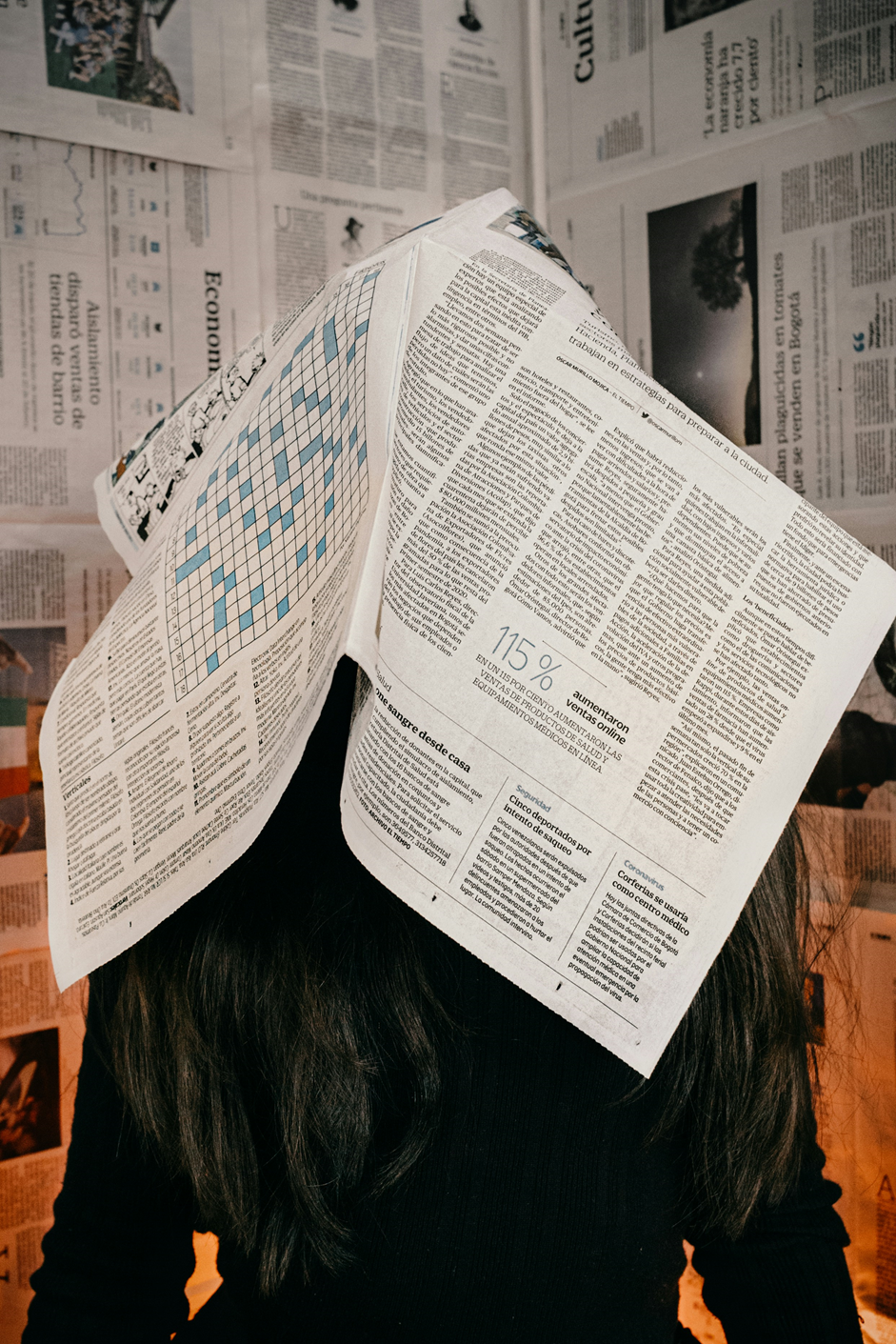Innovative Teaching Methods at Schools: What Works Best
Innovative teaching methods are revolutionizing education by engaging
students in dynamic and interactive learning experiences. It is important to
explore effective teaching methods as schools try to fulfil the varied
requirements of students and adjust to changing learning environments. Here, we
will explore the world of innovative teaching methods used in school in
pune , with a focus on identifying effective strategies that enhance
student engagement, foster critical thinking, and promote holistic learning.
From project-based learning and audio-visual teaching to experiential learning,
schools are accepting various innovative strategies to inspire curiosity and
drive academic success.
Innovative Teaching Strategies
Below are some of the innovative teaching methods that are
used by schools for the benefit of students.
Personalized Learning
Personalized learning is a student-centric approach that
customises curriculum to individual students' needs, interests, and strengths.
This method often involves using technology to create adaptive learning
experiences. Teachers collect data on students' progress, preferences, and
learning styles to design customized learning paths. These paths can include
personalized assignments, projects, and assessments. Personalized learning
fosters a deeper understanding of subjects and promotes student engagement by
allowing students to learn at their own pace and in ways that suit them best.
Student-Centered Approach
This approach emphasizes student engagement in actively
constructing their own understanding and knowledge through hands-on experiences
and reflection. Rather than passively receiving information, students are
encouraged to explore, question, and solve problems independently or
collaboratively. Teachers act as facilitators, guiding students in their
learning journey and providing opportunities for critical thinking and
creativity. This approach fosters a deeper level of learning as students
develop a conceptual understanding of topics by connecting new information with
their existing knowledge.
Project-Based Learning
Project-based learning is a dynamic approach in which
students learn through the completion of meaningful, relevant, and aligned
projects that are meaningful, relevant, and aligned with curriculum goals. Students
work on real-world problems or tasks that require critical thinking,
collaboration, and creativity. Project-based learning encourages students to
explore topics in-depth, apply concepts to practical situations, and develop
essential skills such as communication and problem-solving. It promotes a
deeper understanding of content as students engage in authentic, hands-on
learning experiences.
Audio-Visual Teaching
Audio-visual teaching utilizes multimedia resources such as
videos, animations, presentations, and interactive simulations to enhance
learning experiences. Audiovisuals can help clarify complex concepts, make
learning more engaging, and cater to different learning styles. Teachers can
use audio-visual materials to illustrate abstract ideas, demonstrate processes,
and provide real-life examples, making learning more accessible and stimulating
for students. Integrating technology into teaching also prepares students for
the digital age.
Storyboard
Storyboarding is a creative technique in which students
visually plan and organize ideas or concepts in a sequence using illustrations,
text, and multimedia elements. This method is often used in subjects like
language arts or STEM fields to plan experiments or projects. By creating
storyboards, students develop storytelling skills, organize their thoughts
coherently, and gain a deeper understanding of narrative structures or project
workflows. Storyboarding encourages creativity, critical thinking, and
effective communication.
Brainstorming
Brainstorming is a collaborative technique that encourages
generating ideas, solutions, or perspectives through open and non-judgmental
discussion. In an educational setting, brainstorming sessions can be used to
explore topics, solve problems, or plan projects. By providing a supportive
environment where every idea is valued, brainstorming stimulates creativity,
encourages divergent thinking, and promotes active participation among
students. It also cultivates teamwork and communication skills as students
learn to listen, build upon each other's ideas, and reach consensus.
Conclusion
Innovative teaching methods such as personalized
learning, project-based learning,
audio-visual teaching, storyboarding, and brainstorming play an important role
in transforming traditional education into dynamic, engaging, and effective
learning experiences. These methods empower students to take ownership of their
learning, foster critical thinking and creativity, and prepare them for the
challenges of the modern world. The HDFC
schools adopt these innovative teaching methods by integrating
technology, encouraging hands-on learning, and providing personalized
educational experiences, ensuring that students receive a holistic education
that nurtures their individual strengths and talents while equipping them with
the skills and knowledge needed for future success.
Original content:- Innovative Teaching Methods at Schools: What Works Best









Comments
Post a Comment